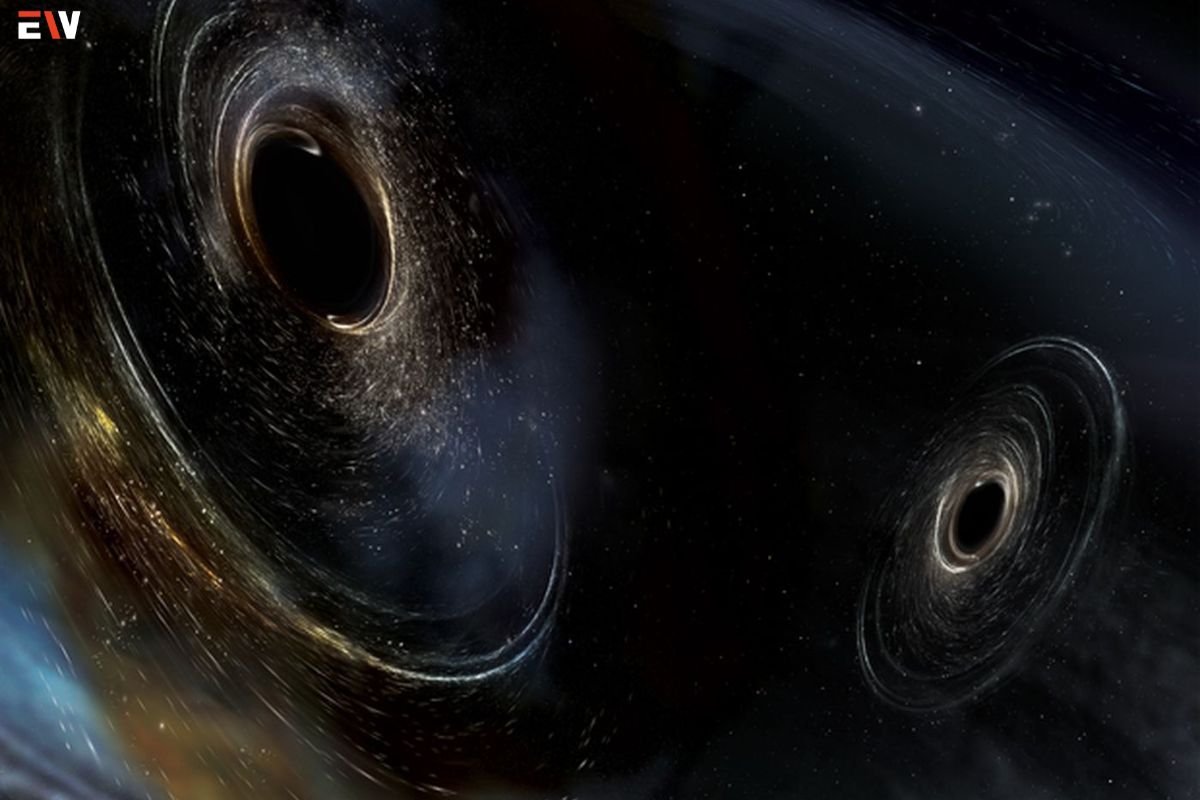Source – The Verge
James Webb Space Telescope Observations Shed Light on Cosmic Collision
In a groundbreaking discovery, the James Webb Space Telescope has captured the first-ever observation of a pair of black hole collisions in the early universe. These observations offer a rare glimpse into a momentous event—a merger of two galaxies and the colossal black holes residing at their cores—dating back to when the universe was a mere 740 million years old, just a fraction of its current age.
Unlocking Mysteries of Cosmic Evolution
The detection of massive galactic mergers in the ancient universe holds significant implications for our understanding of cosmic evolution. Professor Roberto Maiolino, an astrophysicist at the University of Cambridge and a key member of the research team, underscores the importance of this discovery in unraveling the enigma of supermassive black hole growth. The observation suggests that mergers between galaxies may have played a pivotal role in the rapid expansion of these cosmic behemoths, shedding light on their extraordinary proportions.
Only 740 Million Years after the Big Bang, JWST Finds 2 Supermassive Black Holes Colliding
Revealing the Cosmic Collision
Using the unparalleled capabilities of the Webb telescope, astronomers were able to peer into the distant cosmos and witness the spectacle of galactic mergers unfolding billions of years ago. The distinctive spectral signatures of black hole activity served as telltale signs of the collision in progress, with one of the black holes estimated to possess a staggering mass 50 million times that of the sun. While measuring the mass of the second black hole proved challenging due to dense gas obscuring it, subsequent observations revealed that around a third of black holes detected during this epoch were in the process of merging.
Implications for Cosmic History
Professor Andrew Pontzen, a cosmologist at University College London, underscores the significance of this discovery in filling crucial gaps in our understanding of cosmic history. The revelation that black hole collisions may have played a pivotal role in the formation of massive black holes challenges existing theories and points towards a new avenue for exploration. This indirect evidence underscores the potential for black hole collisions to shape the evolution of the universe and offers valuable insights into the origins of these cosmic giants.
Charting Future Exploration
As scientists continue to unravel the mysteries of the early universe, future missions such as the Laser Interferometer Space Antenna (Lisa) hold promise for making direct measurements of ancient black hole collisions. These groundbreaking endeavors pave the way for a deeper understanding of cosmic phenomena and further exploration of the universe’s remarkable evolution.
The findings of this groundbreaking study are detailed in the Monthly Notices of the Royal Astronomical Society, marking a significant milestone in our quest to unravel the mysteries of the cosmos.










